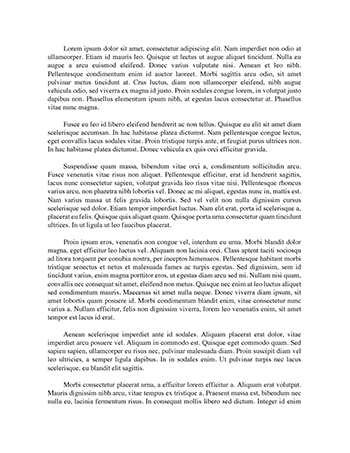mla
References 1. Sattler, F. A., Eickmeyer, S., & Eisenkolb, J. (2020). Body image disturbance in children and adolescents with anorexia nervosa and bulimia nervosa: A systematic review. Eating and Weight Disorders, 25(4), 857–865. Vaughn, A. A., & Lowe, J. D. (2020). With age comes responsibility: Changes in stigma for boys/men with bulimia nervosa. Eating and Weight Disorders, 25(6), 1525–1532. https://link.springer.com/article/10.1007/s40519-019-00786-6 3. Benninghoven, D., Raykowski, L., Solzbacher, S., Kunzendorf, S., & Jantschek, G. (2007). Body images of patients with anorexia nervosa, bulimia nervosa and female control subjects: A comparison with male ideals of female attractiveness. Body Image, 4(1), 51–59. https://www.sciencedirect.com/science/article/pii/S1740144506001148?via%3Dihub4. Katan, A., & Kelly, A. C. (2021). A two?week daily diary study examining the association between daily self?compassion and symptoms of bulimia nervosa. International Journal of Eating Disorders, 54(8), 1438–1448. https://onlinelibrary.wiley.com/doi/10.1002/eat.235335. Perkins, N. M., & Brausch, A. M. (2019). Body dissatisfaction and symptoms of bulimia nervosa prospectively predict suicide ideation in adolescents. International Journal of Eating Disorders, 52(8), 941–949.https://onlinelibrary.wiley.com/doi/10.1002/eat.231166. Rühl, I., Legenbauer, T., & Hiller, W. (2011). The impact of exposure to images of ideally thin models in TV commercials on eating behavior: An experimental study with women diagnosed with bulimia nervosa. Body Image, 8(4), 349–356. https://www.sciencedirect.com/science/article/pii/S17401445110009457. Grilo, C. M., Ivezaj, V., Lydecker, J. A., & White, M. A. (2019). Toward an understanding of the distinctiveness of body-image constructs in persons categorized with overweight/obesity, bulimia nervosa, and binge-eating disorder. Journal of Psychosomatic Research, 126. https://www.sciencedirect.com/science/article/pii/S002239991930039X?via%3Dihub8. Grilo, C. M., Crosby, R. D., & Machado, P. P. P. (2019). Examining the distinctiveness of body image concerns in patients with anorexia nervosa and bulimia nervosa. International Journal of Eating Disorders, 52(11), 1229–1236. https://onlinelibrary.wiley.com/doi/10.1002/eat.231619. Lenroot, R. K., & Giedd, J. N. (2010). Sex differences in the adolescent brain. Brain and cognition, 72(1), 46–55. https://doi.org/10.1016/j.bandc.2009.10.008 2https://link.springer.com/article/10.1007%2Fs40519-019-00725-5 2.


